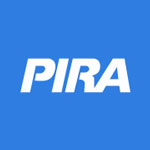 NYC-based PIRA Energy Group reports that dated Brent traded below WTI in January, on a monthly average, for the first time since 2010. In the U.S., there was a new record high stock level. In Japan, crude runs fell, imports moved lower and stocks drew again. Specifically, PIRA’s analysis of the oil market fundamentals has revealed the following:
NYC-based PIRA Energy Group reports that dated Brent traded below WTI in January, on a monthly average, for the first time since 2010. In the U.S., there was a new record high stock level. In Japan, crude runs fell, imports moved lower and stocks drew again. Specifically, PIRA’s analysis of the oil market fundamentals has revealed the following:
North American Midcontinent Oil Forecast
Dated Brent traded below WTI in January, on a monthly average, for the first time since 2010. Both crudes fell to new 12-year lows, dipping below $30/Bbl on occasion. Differentials of onshore crudes remained strong relative to LLS, as PADD III stocks also hit record highs. Cushing is struggling with oversupply and this will persist.
Updated Weather Outlook Prompts Price Meltdown
Judging from last week’s price correction, from a high in the nearby contract that topped $2.30/MMBtu last week to this week’s dip below $2.00/MMBtu, the market appears to have gleaned additional clarity on the weather to justify breaking out of its former holding pattern. The decided shift to even warmer temperatures this month and the related rapid decline of storage draws (from 200+ BCF last week to 152 BCF this week and next week’s projection for a draw less than half that) are the driving forces influencing price perceptions.
UK: More Coal Retirements Will Further Tighten the Market
The proposal to close three out of four Fiddler's Ferry units is quite bullish for the UK market. While retiring Fiddler's Ferry, SSE will have to unwind its capacity contract for delivery 2018-19, setting a precedent that other plant operators may follow as well. The fallout of these decisions will probably lead to a revision of the capacity market design, which will, however, take time to finalize while a messy policy debate will continue in the UK. In the meantime, power generators will be dashing to secure additional Supplemental Balancing Reserve contracts. From a wholesale pricing standpoint, we are wondering if there is a risk that the activation of this reserve may undermine price formation, but we believe this risk should be quite small, based on current information.
Coal Prices Deteriorate on Lack of Fundamentals, Weaker Gas Pricing
Coal pricing in the Atlantic Basin moved lower last week, with API#2 (Northwest Europe) prices falling by the largest extent. Another round of mild European weather, easing oil and natural gas prices, and news that more coal-fired generating capacity will likely be retired in the U.K. pushed 2Q16 API#2 prices down. API#4 (South Africa) prices also faded, although declines were more moderate than API#2, while FOB Newcastle (Australia) prices were mixed. Prices do not have a fundamental anchor at this point, and high stockpiles in many markets will make it difficult for prices to appreciate over the next 90 days.
U.S. Supreme Court to Decide on Stay of Clean Power Plan: Possible, But Not Likely
On January 21st, the D.C. Circuit Court of Appeals declined to stay EPA's Clean Power Plan pending legal review. In a highly atypical move, the state petitioners appealed the denial of the stay to the U.S. Supreme Court on January 26th. While granting the stay is a possibility, PIRA believes respect for the standard judicial process will persuade Chief Justice Roberts to vote to deny a stay, even if — as we believe — he would vote against the rule when it eventually comes before the Court. A decision by the Court could come as soon as this week.
U.S. LPG Prices Rising as Supply Tightens
March Mt. Belvieu LPG prices strengthened as another large national stock decline narrowed the year-on-year surplus appreciably. Winter heating demand and strong export flows are pulling LPG stocks down just as PIRA expects domestic production growth to wane, tightening supply levels throughout 2016. LPG shrugged off broader market declines with propane adding 2% to 36.6¢ and butane a healthy +5% to 53¢/gal.
No Love for the Dollar
The U.S. dollar appeared headed for its largest weekly decline (pre-NFP) since 2009, and yet grains/oilseeds remained mired in narrow trading ranges, presumably heading for lower weekly closes. Some would call it somnolence. Then again it was Groundhog Day last week.
Ethanol Stocks Build to Near a Four-Year High
Ethanol inventories soared to a near four-year high the week ending January 29. Ethanol production declined slightly.
Financial Stress Remains Elevated
The S&P 500 fell Friday to Friday, although the weekly average was higher for the second week in a row, as were the weekly averages for other key indicators such as VIX, high yield debt (HYG) and emerging market debt (EMB). The U.S. dollar generally fell in value, and commodities were mixed.
Weaker Economic Projections Set the Tone for a Challenging Year in Latin America
Slower economic growth in Latin America signals flat to declining demand for diesel, but gasoline is still showing growth in 2016. Consumption of the four major products (gasoline, diesel, jet/kero and fuel oil) is projected to stay flat this year at about 7.24 MMB/D. Year-on-year gasoline demand is forecast to increase, while diesel is flat and fuel oil is lower. Product imports into the region are expected to contract but remain fairly high. Planned and unplanned refinery outages continue to impact the region. In 2015 regional CDU offline capacity averaged 625 MB/D, while FCC downtime reached 200 MB/D.
Gas-to-Renewables Switching Is Happening in the UK. Soon the Rest of Europe?
Coal-to-gas switching will continue to be a central focus of our analysis, as spot gas prices fall into an area (below 27p/th) where such switching will intensify. However, gas demand will depend on more than just what coal prices do. Focus on gas-to-wind switching is already playing out in the U.K. as a significant issue and may be a preview of additional switching issues on the Continent.
U.S. Coal Market Forecast
U.S. coal demand continues to erode in the face of persistently low natural gas prices and milder weather, as well as a weak international coal market. We are seeing growing signs of a supply-side response from producers, setting the stage for a market recovery in 2017.
Key Themes Impacting U.S. Distributed Solar PV Penetration
Policy, cost, and electricity market drivers will define the level and location of U.S. distributed solar photovoltaic (PV) penetration. Policy uncertainty remains, especially related to net metering changes, state-level renewable energy targets without an explicit carve-out, and grid modernization efforts. Flat to declining PV costs in the coming years will ultimately support increased penetration. Retail electricity prices under current rate design could support penetration, but potential changes to rates add risk.
U.S. Ethanol Prices and Margins Improve
Ethanol prices rose the week ending January 29 as production tumbled and the market tightened. Manufacturing margins rose as higher product values outweighed the increase in corn cost.
Global Equities Largely Negative
Global equities generally fell back on the week. In the U.S., most of the tracking indices lost ground, though materials and utilities were able to post gains. The weakest performers were consumer discretionary, retail, housing, and technology. Internationally, the Latin America tracking index posted a gain, while all the other tracking indices lost ground. China and the other BRICs posted the largest declines.
New Record High U.S. Stocks
Commercial U.S. oil inventories increased this past week, led mostly by crude oil, as runs made a marginally lower low and crude imports ramped up to the highest level in eight weeks. Product demand weakened on the week as the record snow storm took its toll on demand, turning the week earlier 9.4 million barrel product stock decline into a 1.7 million barrel build. One silver lining: the stock build was larger last year for this week so the year-on-year stock surplus narrowed.
Russia Looks at Lowering Contracted Gas Prices
Gazprom could lower its prices to keep European customers locked into long-term supply contracts, maintaining an arrangement that has for decades helped Moscow secure political leverage in Europe. However, Russia will only be able to preserve its long-term contracts for the next few years and will eventually have to sell more of its gas on the spot market, loosening its hold over customers. The long-term deals, some of which span 25 years, have been the bedrock of Gazprom's dealings with Europe.
Japanese Crude Runs Fell, Imports Moved Lower and Stocks Drew Again
Crude runs fell yet again reflecting the full impact of a known turnaround that had begun. Crude imports moved lower such that crude stocks drew again, this week by 4.6 MMBbls. Product stocks also drew, with over half their 3 MMBbl decline being in kerosene. In January, refining margins have come off their peak with further easing as we enter February. While all the major cracks softened on the week, margins remain statistically good.
Russian Outage Affects Japanese Markets More than Other Asian Buyers
Project delays and unplanned production outages will create support for Asian spot prices in the short term, but do not expect the rally to persist. The issue is not a shortage of volume; it is the repositioning of portfolios to adjust to the various outages and delays that will work themselves out in a few weeks. PIRA certainly foresaw this coming, as weak market conditions were not exactly a motivating force among the producer class to add incremental supply to the market in 2016 and 2017.
U.S. Recession Scenario Is Not Plausible
The view that the U.S. economy will experience a recession this year has found some traction in recent economic commentary. As recessions are difficult to forecast in advance, the possibility of significant economic disruptions should not be dismissed outright. But based on analysis of key data (including those pertaining to the January labor market conditions), it is difficult to make a case that a recession is under way. In fact, a reasonable assessment of the current condition is that the U.S. economy is not too hot (where aggressive monetary tightening by the Fed becomes a risk), nor too cold (where a recession is a risk).
Global Biofuel Supply and Demand to Increase
The driving forces for biofuels consumption still exist. However, the collapse of energy values will slow growth in consumption.
Atlantic Basin Gasoline Demand Outlook in 2016 and 2017
The decline in gasoline prices since mid-2015 has given a boost to gasoline demand on both sides of the Atlantic. PIRA's current forecast calls for gasoline demand in the U.S. to increase by 1.6% and 0.3% in 2016 and 2017, respectively. Gasoline demand in Europe is projected to grow 0.9% this year and by 0.3% in 2017. A key factor in our forecast for 2017 is the lagged positive effect that declining prices in 2015 and 2016 will have on demand in 2017. PIRA's analysis makes the case that these price declines could result in even faster demand growth next year.
Special Report: The Oil Market in 2017
The year 2017 is looking more and more like the year when the turnaround in fundamentals that have been depressing the oil market since mid-2014 will take hold. The imbalance between supply and demand will have been eliminated and declines in surplus inventories will occur. This turnaround has taken more time than initially expected. Over the past year, oil demand for 2015 was significantly revised up, but oil supply was revised up much more, putting oil prices on a downward path from their monthly 2015 high of $64/Bbl for Brent in May to $30.69/Bbl for January 2016. The year 2016 is seen as a transition year when monthly fundamentals swing to promote firming of the market.
Fire at Tupras's Izmit Refinery and Its Impact
A fire apparently broke out at Tupras’ 220 MB/D Izmit refinery in Turkey on February 3, and it is not clear how many and which units are affected. In a worst case scenario, light product losses would be 70 MB/D gasoline, 60 MB/D jet fuel, 90 MB/D diesel, and 20-30 MB/D more fuel oil would be produced.
Aramco Pricing Adjustments for March: — Staying the Course
Saudi Arabia's formula prices for March were just released. The adjustments made to differentials against their key regional benchmarks were within market expectations and do not suggest any change in Saudi export pricing policy, which has been to maintain competiveness with regard to volumes, liftings, and pricing in key markets. Pricing in both Asia and Europe was cut on the lighter grades and raised on the heavier grades, reflecting weaker light product cracks and firmer fuel oil cracks.
IMO Study Under Way — 2025 Implementation Is Reference Case, But Earlier Is Possible
The IMO has initiated a study to help decide when to implement a global requirement of 0.5% sulfur maximum for marine bunker fuels. Recent events such as the collapse in crude prices have increased the chances that the implementation date will be earlier rather than later. This change will be very disruptive commercially for the global bunkering business and would require significant changes in investment/operations for the global refining industry.
Projects Continue to Be Delayed in Low Crude Price Environment
New projects continue to be delayed or cancelled due to low oil prices. PIRA estimates a cumulative net impact of 600 MB/D of oil from these delays in 2016 and growing to 1,300 MB/D by 2018. As expected, most of the delays come from projects that have high development costs. The most affected areas are Canadian oil sands and offshore projects (GOM, North Sea, Angola, and Nigeria.
World Trade Growth and World Bunker Consumption
The slowdown in world trade growth in 2015 has been laid at the feet of a slowdown in Chinese economic activity. The reasons for last year's trade slowdown actually reflect generalized weakness in GDP in non-OECD apart from China. Applying PIRA forecast growth rates for GDP we expect world trade to grow 3.2% in 2016 and 6.0% in 2017. This implies world-wide bunker demand to grow 1.5% and 2.6% in 2016 and 2017, respectively.
The information above is part of PIRA Energy Group's weekly Energy Market Recap - which alerts readers to PIRA’s current analysis of energy markets around the world as well as the key economic and political factors driving those markets.


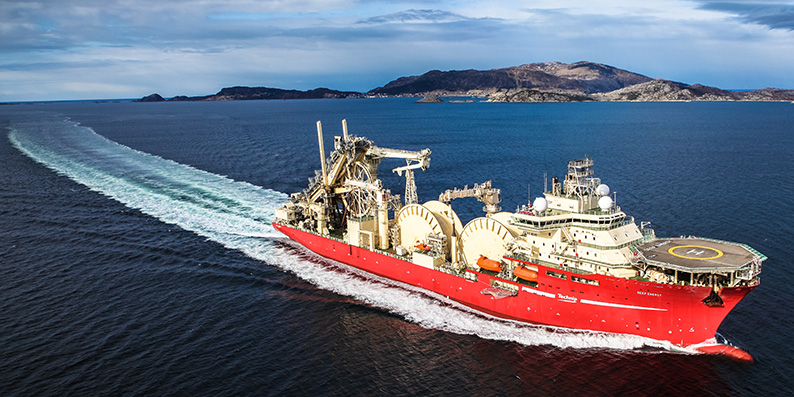 Image courtesy: Technip
Image courtesy: Technip Wood Group
Wood Group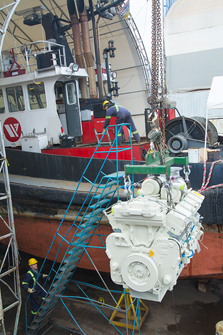 “We don’t usually remove the heads at mid-life on the Cummins engines,” Randy Beckler, Shore Engineer for
“We don’t usually remove the heads at mid-life on the Cummins engines,” Randy Beckler, Shore Engineer for 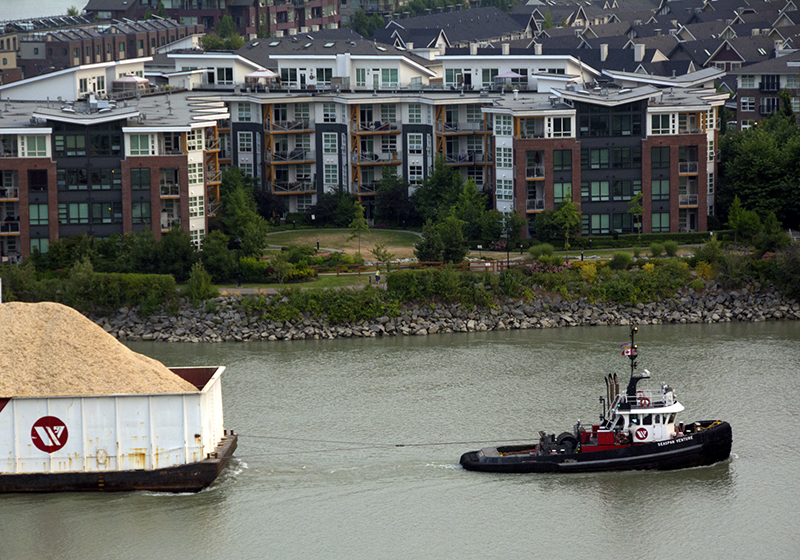 These two boats have been very popular with their crews. The hulls were built to order in China, shipped to Canada by barge, and finished up at Seaspan’s Vancouver Shipyard. There was a lot of input from operators in the functional design. At the time they were a new generation of tug with a fine, longer, double-chined hull. The 64- by 23-foot hull has a moulded depth held to 10.4-feet to facilitate working some of the shallower areas of the lower Fraser River while providing good water flow to the propellers. This fine hull form, combined with a smooth "slipper" stern reduced the wake wash and lessoned the need for the tug to make a "slow-bell" past riverside moorings.
These two boats have been very popular with their crews. The hulls were built to order in China, shipped to Canada by barge, and finished up at Seaspan’s Vancouver Shipyard. There was a lot of input from operators in the functional design. At the time they were a new generation of tug with a fine, longer, double-chined hull. The 64- by 23-foot hull has a moulded depth held to 10.4-feet to facilitate working some of the shallower areas of the lower Fraser River while providing good water flow to the propellers. This fine hull form, combined with a smooth "slipper" stern reduced the wake wash and lessoned the need for the tug to make a "slow-bell" past riverside moorings.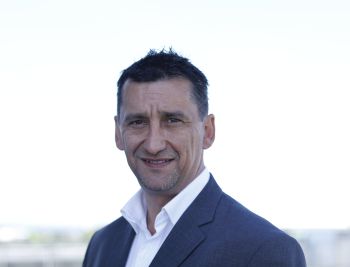 New oilfield services company
New oilfield services company 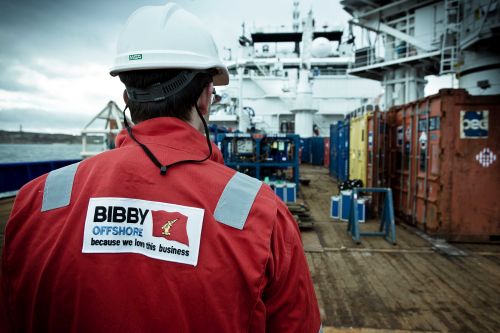 Bibby Offshore
Bibby Offshore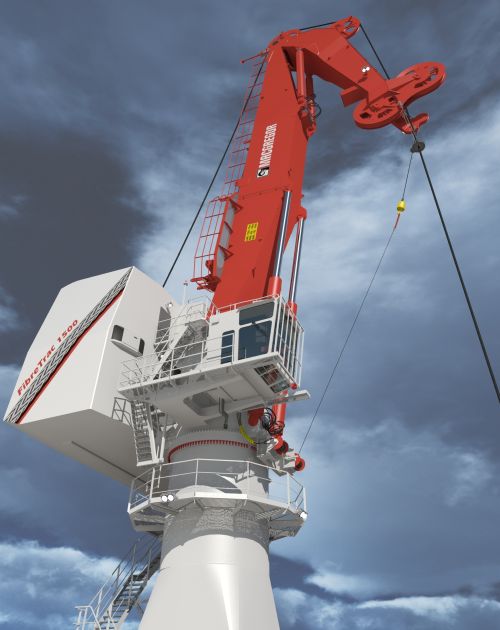 MacGregor, part of Cargotec, can now offer the offshore industry a technology-leading fiber-rope crane. The crane has been developed by combining MacGregor's proven offshore crane technology with the fiber-rope tensioning technology perfected by Parkburn Precision Handling Systems. The companies have entered into a cooperation agreement to combine MacGregor's offshore crane expertise with Parkburn's fiber-rope tensioning technology.
MacGregor, part of Cargotec, can now offer the offshore industry a technology-leading fiber-rope crane. The crane has been developed by combining MacGregor's proven offshore crane technology with the fiber-rope tensioning technology perfected by Parkburn Precision Handling Systems. The companies have entered into a cooperation agreement to combine MacGregor's offshore crane expertise with Parkburn's fiber-rope tensioning technology.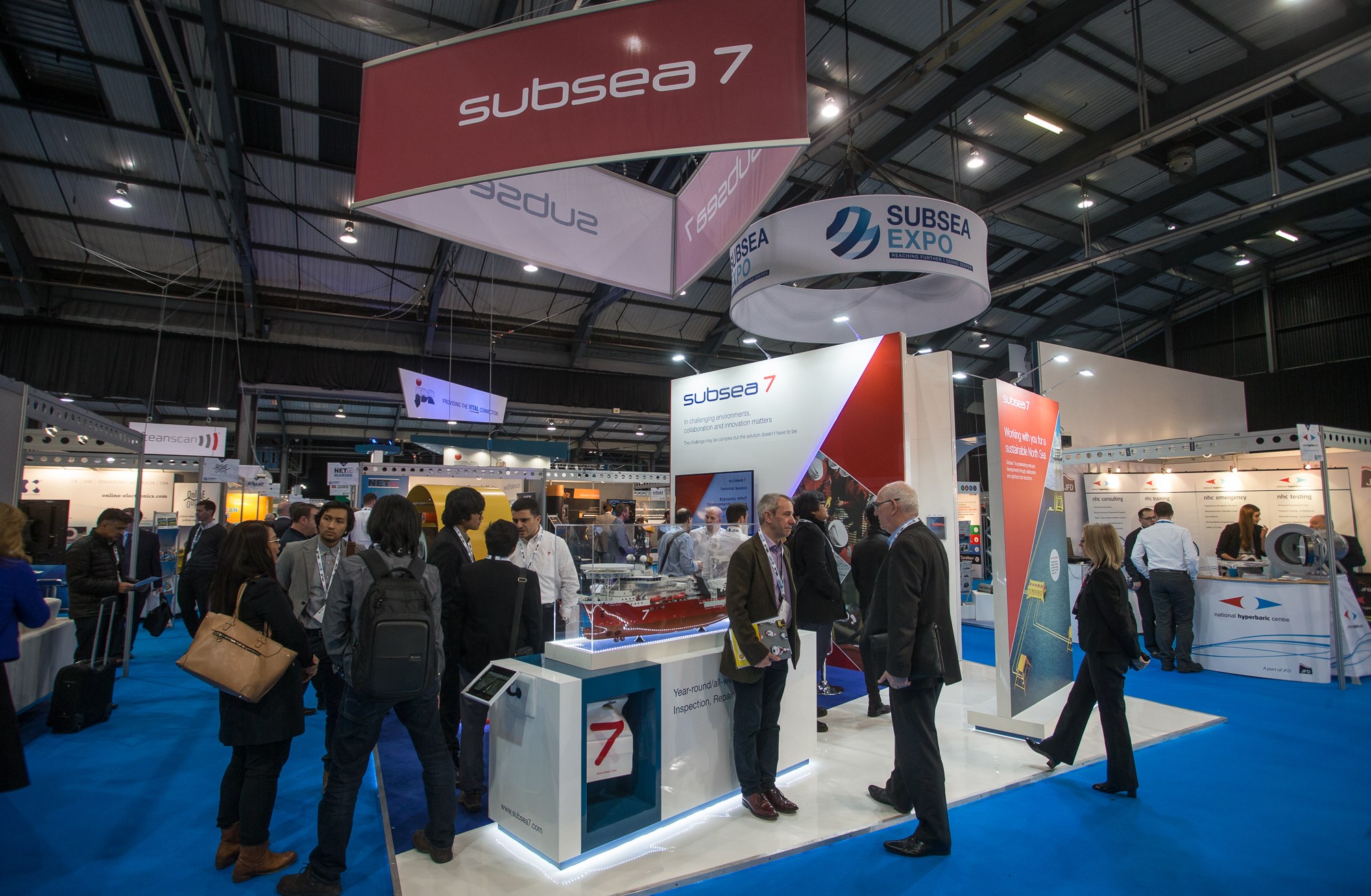 Almost 7,000 visits were made to Europe’s largest subsea event,
Almost 7,000 visits were made to Europe’s largest subsea event, 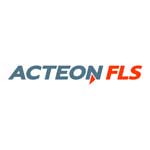 Subsea services company Acteon has launched a new service offering to directly address the demands and changing conditions of the global oil and gas industry.
Subsea services company Acteon has launched a new service offering to directly address the demands and changing conditions of the global oil and gas industry. On 4 February 2016 the DP2 cable installation vessel Maersk Connector was handed over from
On 4 February 2016 the DP2 cable installation vessel Maersk Connector was handed over from 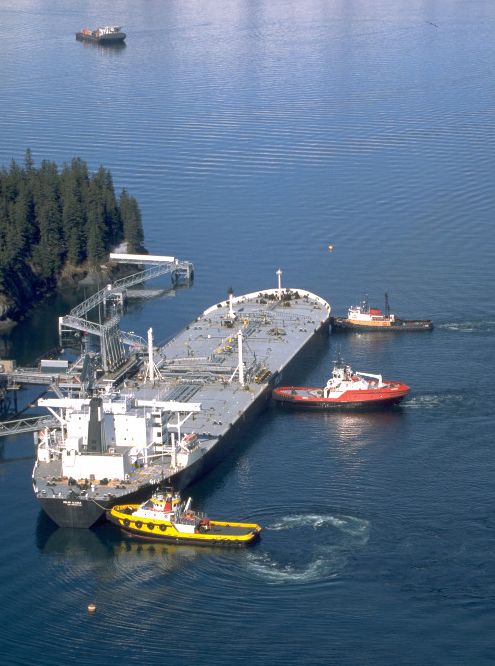 Crowley Maritime Corporation’s
Crowley Maritime Corporation’s  NYC-based
NYC-based  Aker Solutions
Aker Solutions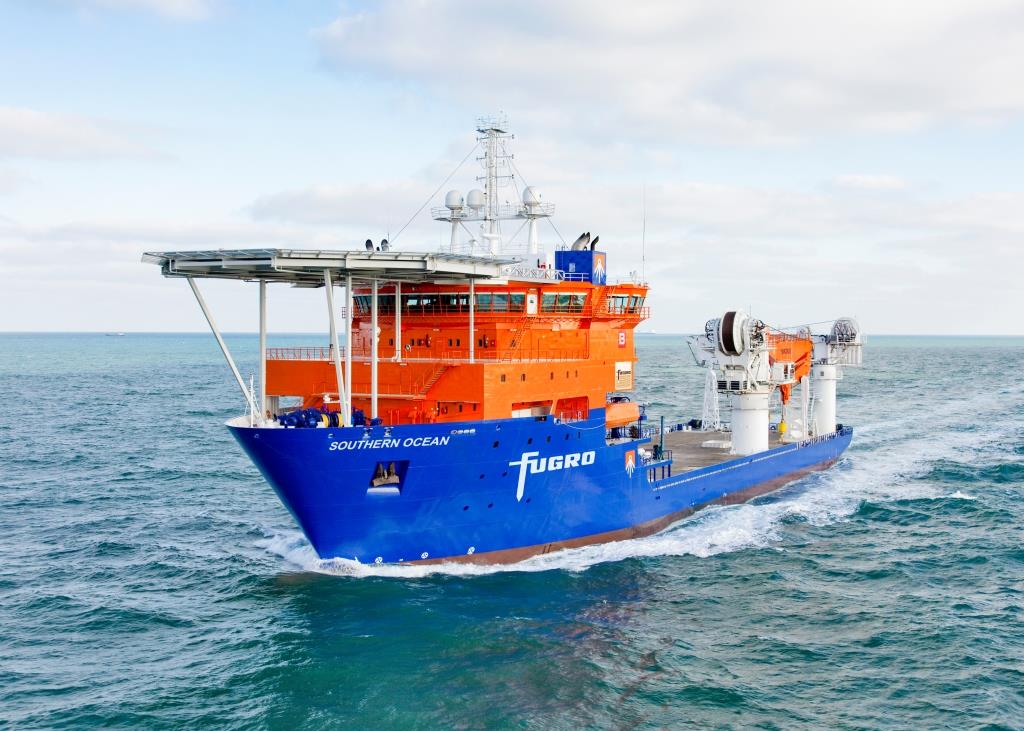 Offshore installation activities will take place from Fugro’s multi-role construction vessel, the Southern Ocean
Offshore installation activities will take place from Fugro’s multi-role construction vessel, the Southern Ocean CGG
CGG Brent oil price reached lows of $27/bbl in mid-January, but has recovered over the past two weeks to above the $30/bbl mark. Nevertheless, volatility is expected to remain as the market is yet to find a new equilibrium. So far, only modest cuts in US shale production have been realized, and global oil supply has continued to increase.
Brent oil price reached lows of $27/bbl in mid-January, but has recovered over the past two weeks to above the $30/bbl mark. Nevertheless, volatility is expected to remain as the market is yet to find a new equilibrium. So far, only modest cuts in US shale production have been realized, and global oil supply has continued to increase. Siemens UK & Ireland
Siemens UK & Ireland